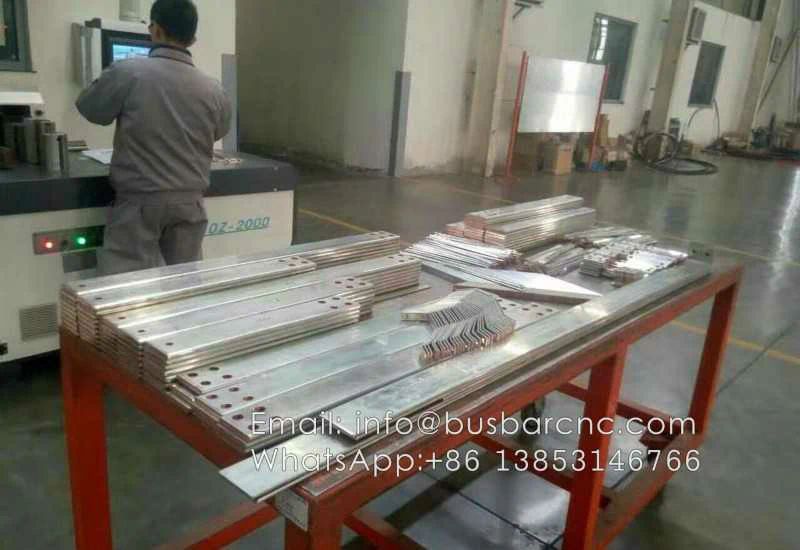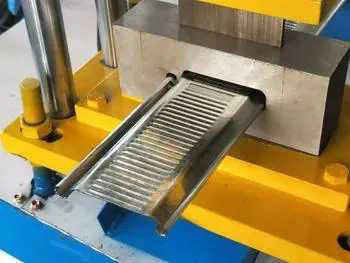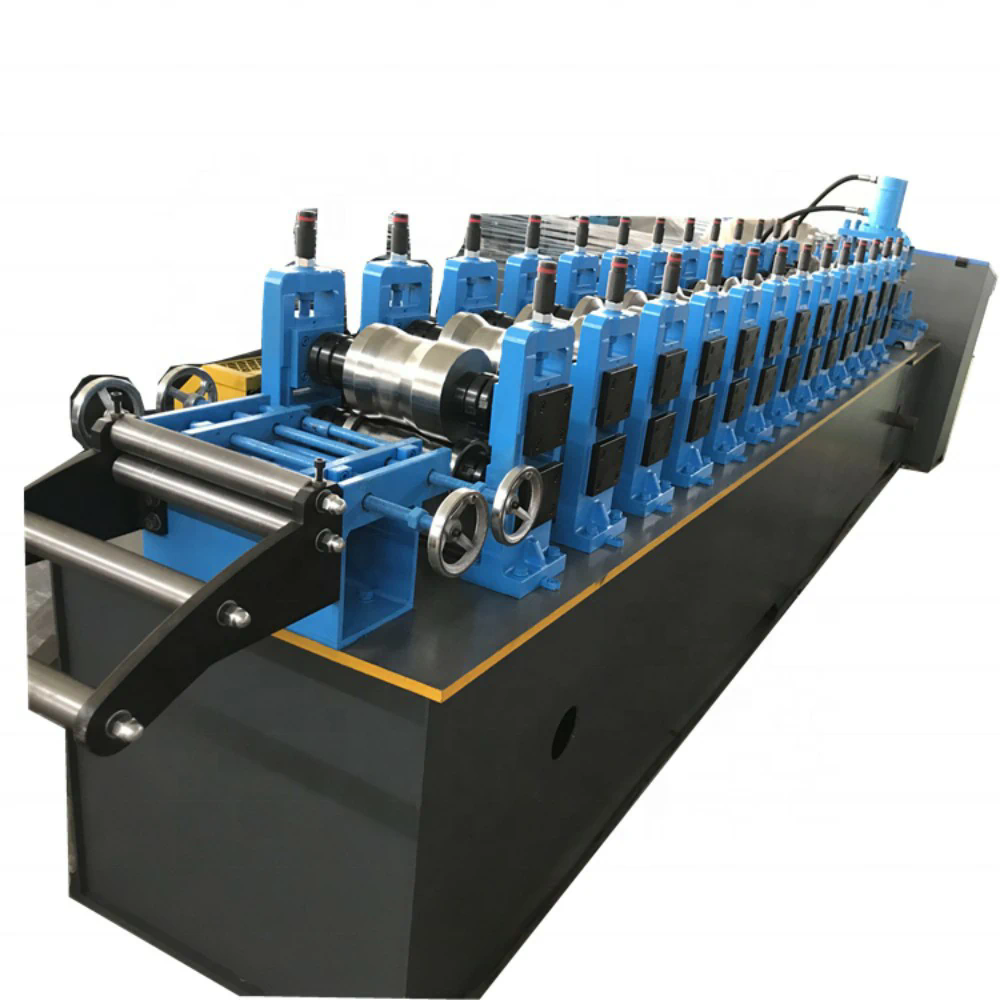At the 2022 World Semiconductor Conference and Nanjing International Semiconductor Expo on August 18, Min Chen, Technical Director of TSMC (China) Co., Ltd., gave a keynote speech on “New World, New Opportunities”, introducing the opportunities and challenges of the semiconductor industry development and how TSMC can help customers cope with these changes.
Chen Min believes that the current is in a new digital era with rapid development of science and technology, the new digital era has brought a new world, and the new world will also bring new opportunities and challenges to the semiconductor industry.
Opportunities and challenges for semiconductors
First, the transformation of advanced processes combined with 3D ICs. As society is creating more and more intelligent edge devices, it needs to have powerful computing power to support massive amounts of data. Previously, transistor shrinkage could achieve efficiency gains to meet the needs of high energy efficiency and low energy consumption. Now, it is also necessary to use the power of 3D ICs to achieve good system performance. hmi panel display
Chen Min mentioned that the rapid development of AI and 5G has made chip production grow rapidly in various application areas, and structural growth has brought great changes to the operating model. In the past, production capacity expansion was mainly based on advanced processes, and mature process production capacity could meet customer needs through depreciated plants and equipment. But now the demand for capacity in mature processes is also increasing. Although the semiconductor industry is facing a short-term fluctuation, the growth of structural demand is long-term, and TSMC is optimistic about the future of the semiconductor industry.
Second, changes in the way supply chains are managed. Due to the impact of the epidemic and geopolitics, the management of the supply chain has become increasingly important, and more and more customers are increasing the flexibility of the supply chain by increasing inventory. At the same time, the industry is balancing increased supply chain flexibility with costs.
Minimize customer cost increases
In the face of market changes, TSMC’s response measures: First, it will adhere to the secret of its long-term success and work together to make the expansion of advanced and mature process capacity economically feasible for all customers. Second, TSMC will focus on a product research and development as it has in the past 35 years; Will assist different customers to grow together; Will continue to develop the most advanced technology, to provide customers with the most advanced technology; At the same time, TSMC will also increase investment in advanced processes and mature process capacity; TSMC will also increase its global production layout, increase the flexibility of the supply chain, and minimize the increase in costs caused by the increase in process complexity.
The latest advances in advanced processes
At this conference, Chen Min also introduced the latest progress of TSMC in advanced processes.

Wide Technology Portfolio Source: TSMC
TSMC 5nm has been mass-produced for more than three years, with a cumulative shipment of more than 2 million pieces, and its products are widely used in smartphones, 5G, AI, HPC and other fields. In the 5nm family, TSMC also has new members of N4, N4P, and N4X to join.
TSMC’s 3nm R&D is progressing very smoothly, and mass production is expected in the second half of this year. 3nm uses the Finfet transistor architecture, and TSMC believes that the energy efficiency and production maturity of the Finfet transistor architecture is the most suitable choice for customers to innovate at 3nm. And customers are also very enthusiastic to use TSMC 3nm.
TSMC 2nm uses Nanosheet transistor structure, Nanosheet nanosheet technology has more than 15 years of experience, TSMC believes that Nanosheet’s energy efficiency is suitable for 2nm, 2nm mass production is expected to be achieved in 2025.
Other developments
Increase research and development of 3D ICs. In addition to the continuous research and development of advanced technologies to create better transistors, TSMC is also increasing the research and development of 3D ICs, 3D Fabric is the result of continuous improvement of 3D ICs in the past decade or so, and has also seen customers use 3D Fabric trial production products to improve the efficiency of the entire system, with very good performance.
Increased production capacity of mature processes. In addition to the increasing demand in advanced processes, the demand for mature processes is also increasing, including RF technology, memory, and ultra-low-power products. TSMC will also increase its investment in mature process capacity, and in the next few years, TSMC’s production capacity in mature processes will also increase by a considerable amount.

Source: TSMC
The main goal of TSMC’s manufacturing is to provide customers with effective production capacity within an effective time. In addition to production capacity, it also includes a good production cycle and a good yield.
Finally, Chen Min said: TSMC has built a professional integrated circuit foundry service model, and TSMC will never compete with customers because TSMC does not have its own products. The trust between TSMC and its customers is built on the process of facing challenges again and again, and customer challenges again and again, and TSMC is committed to building long-term partnerships with customers, which will not change now and in the future.


